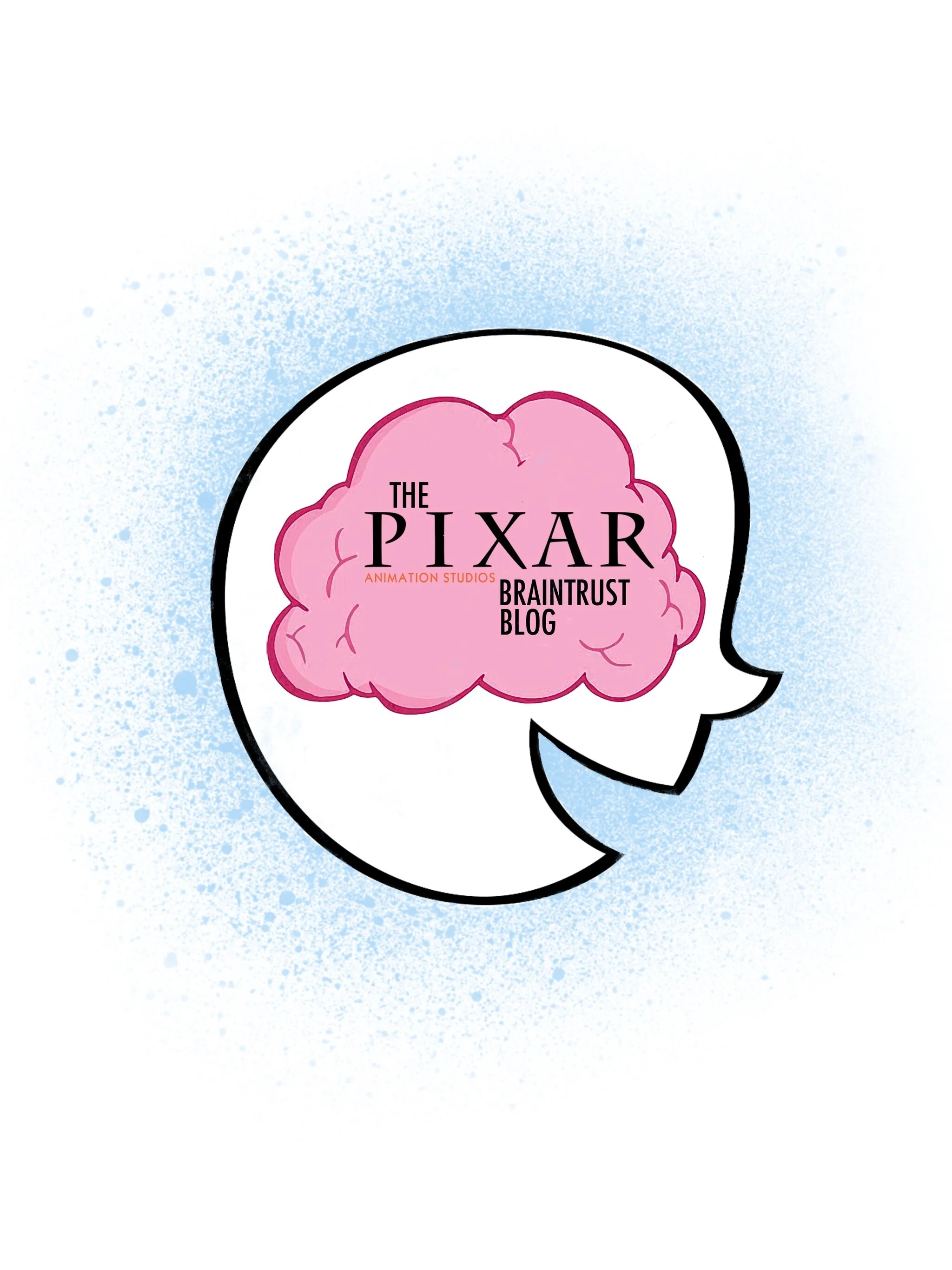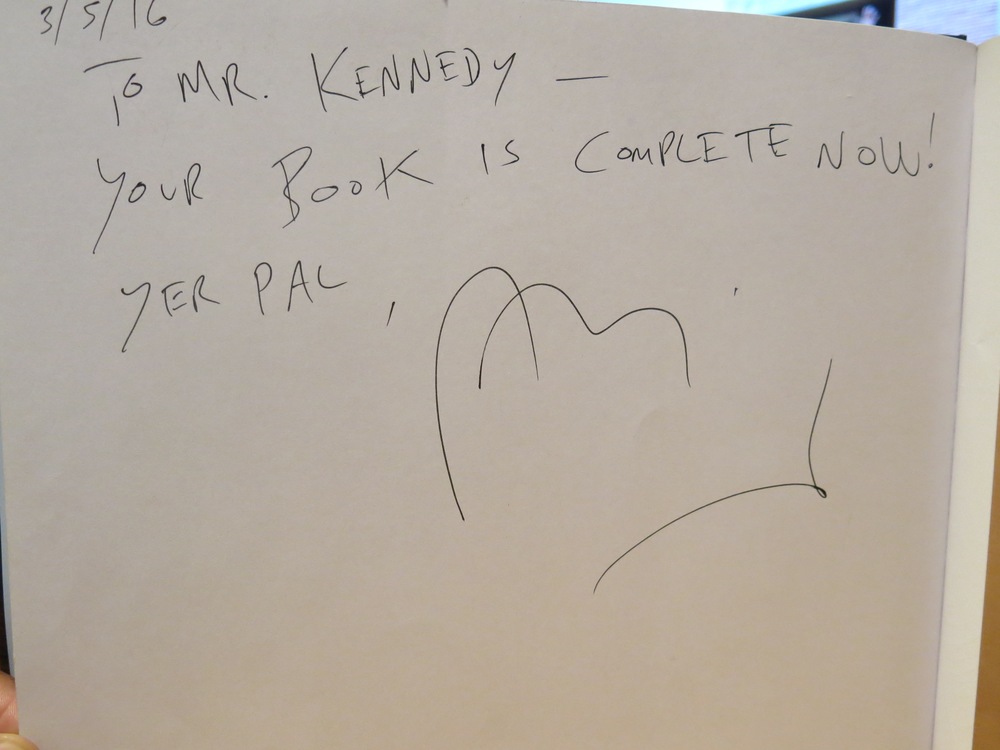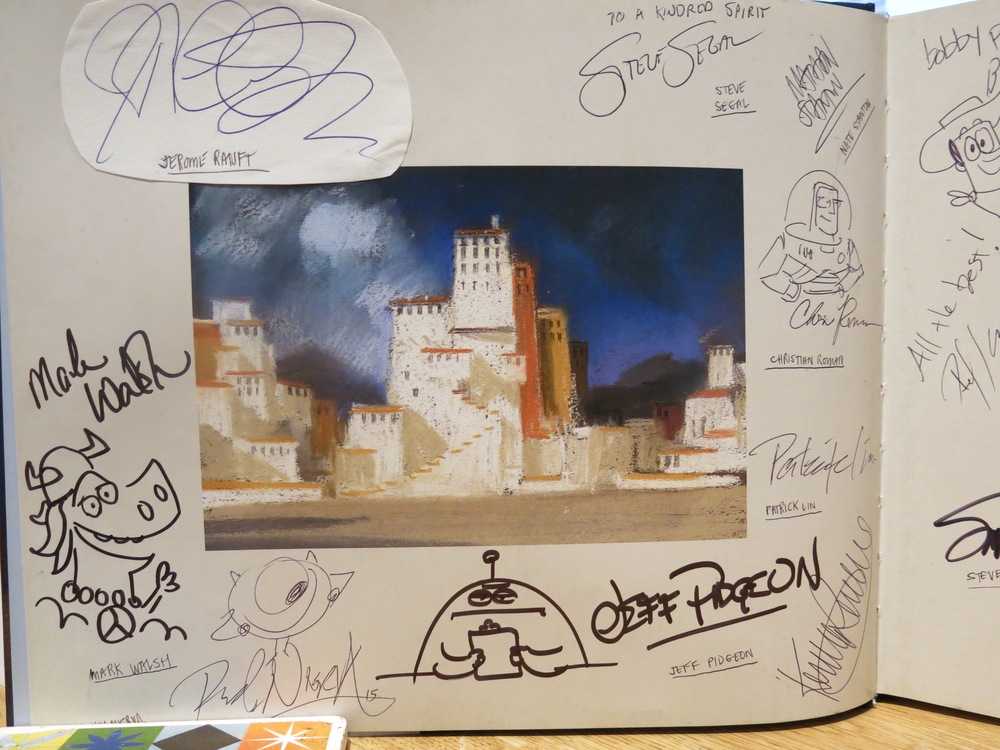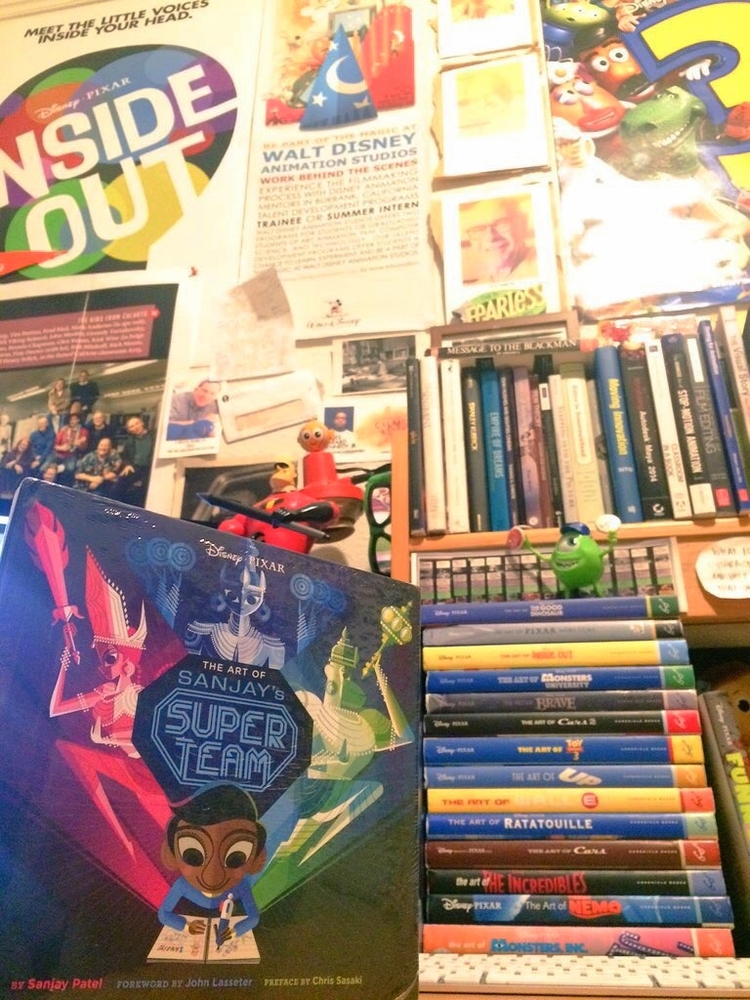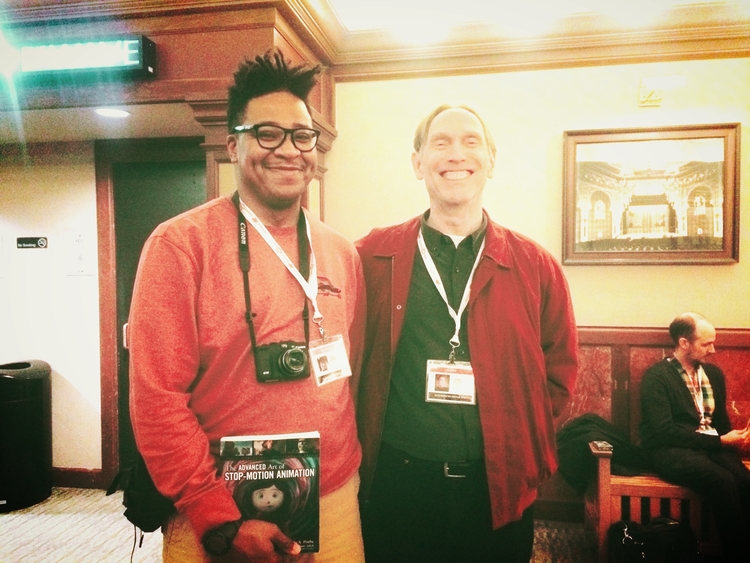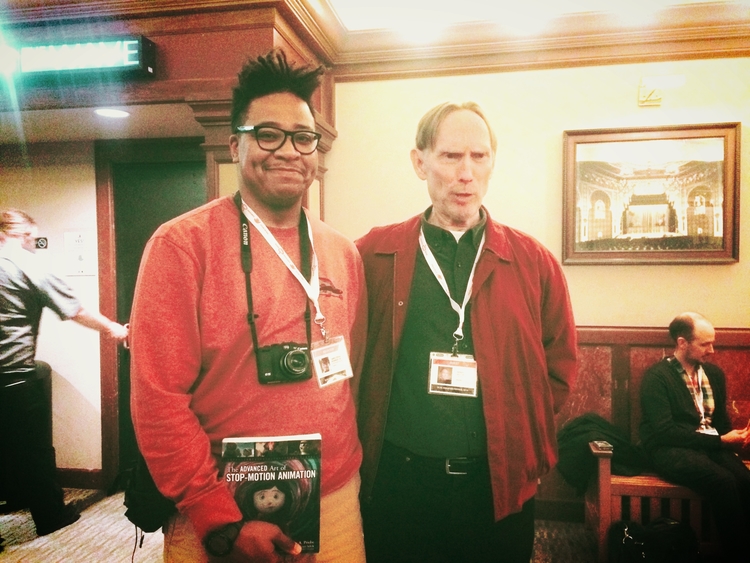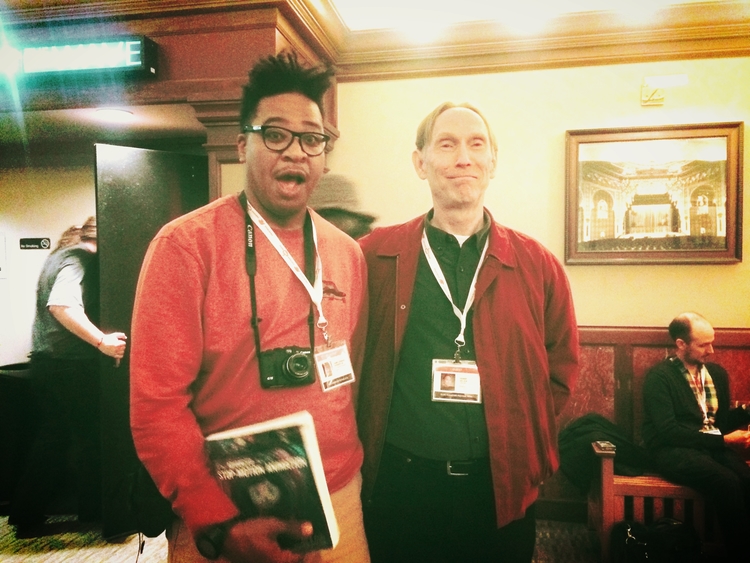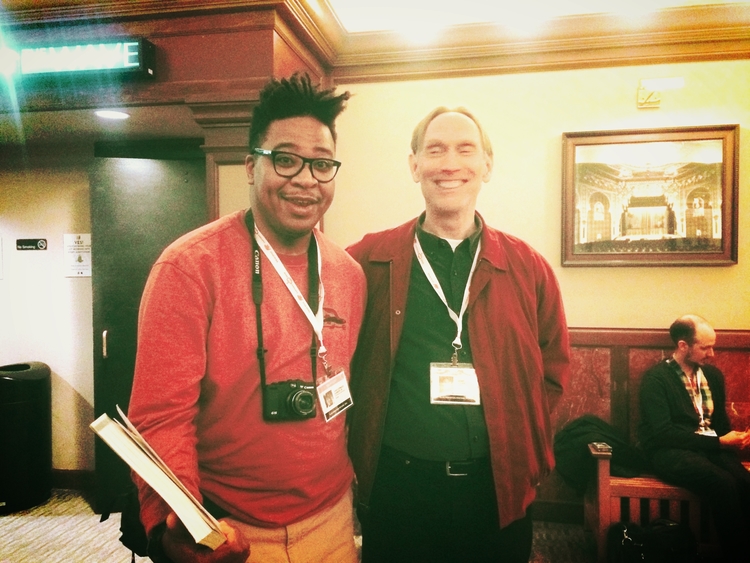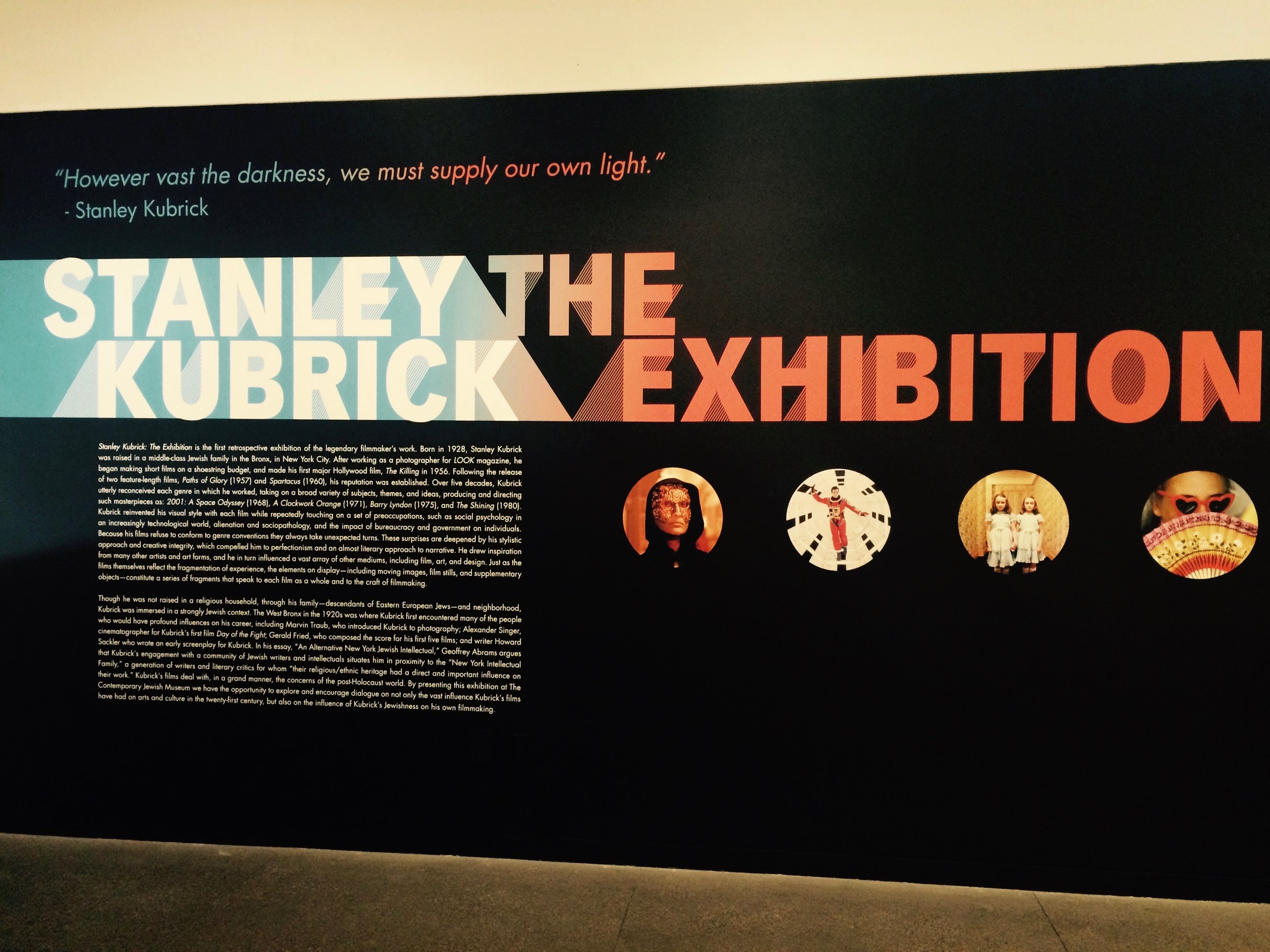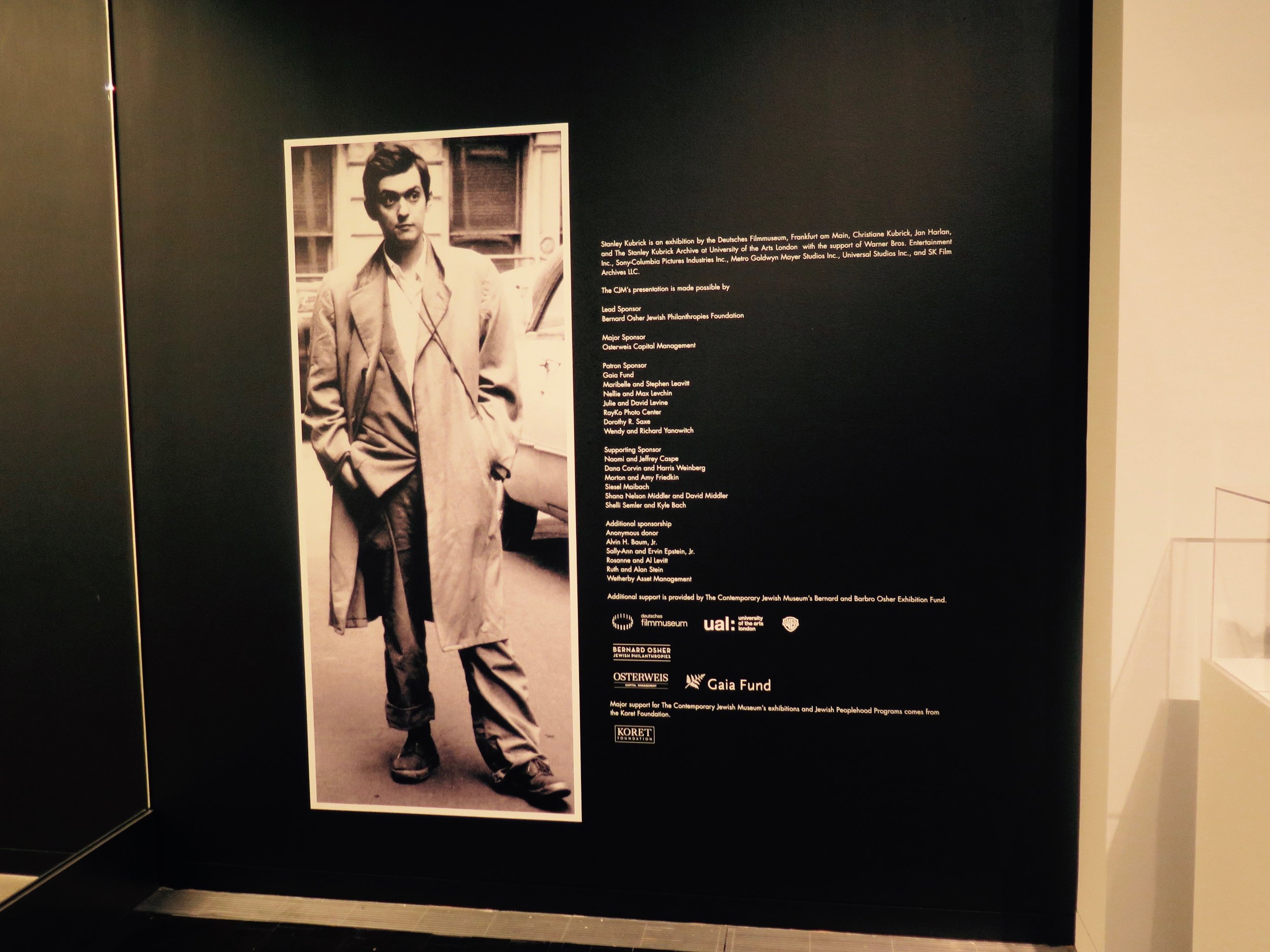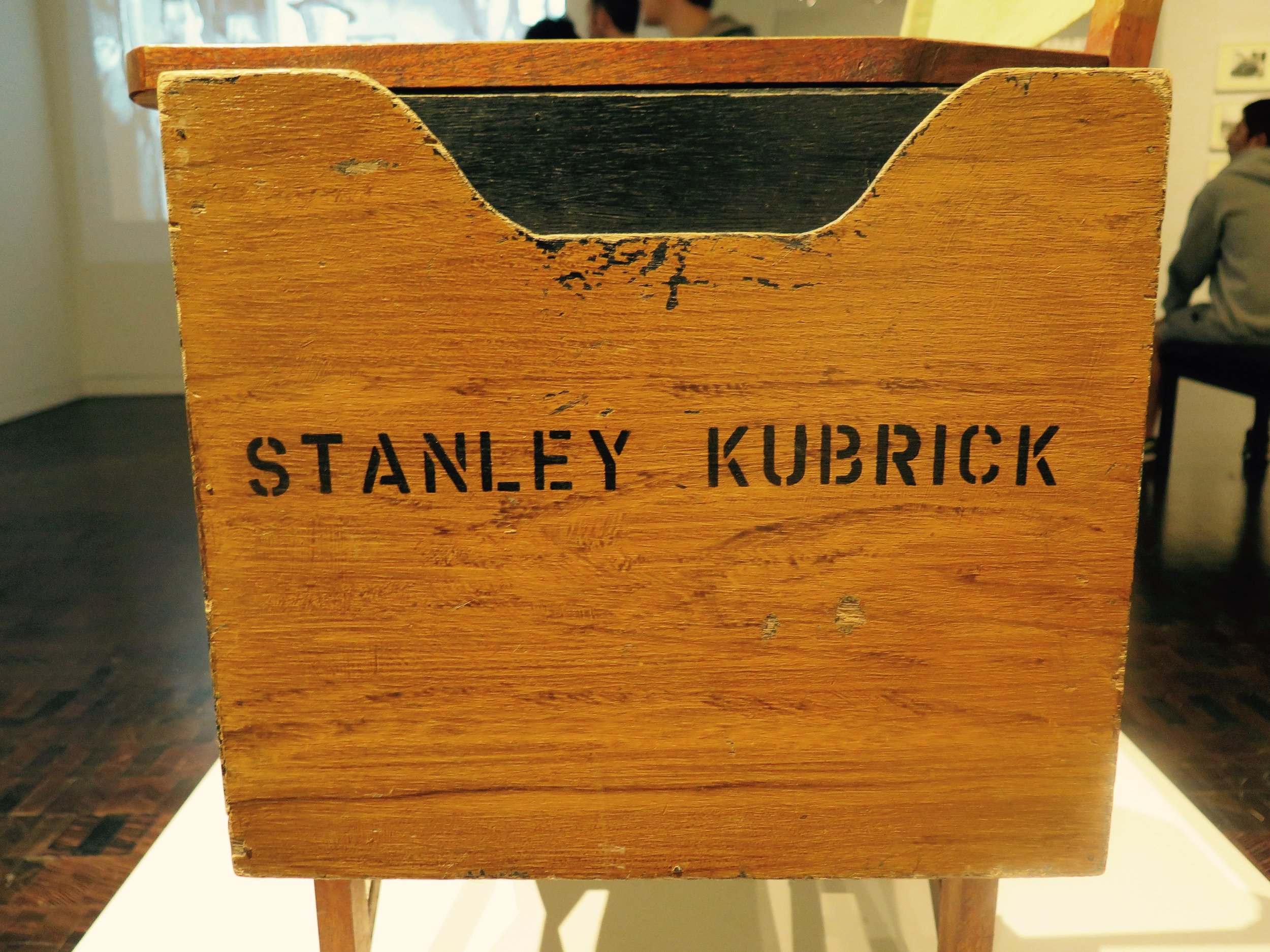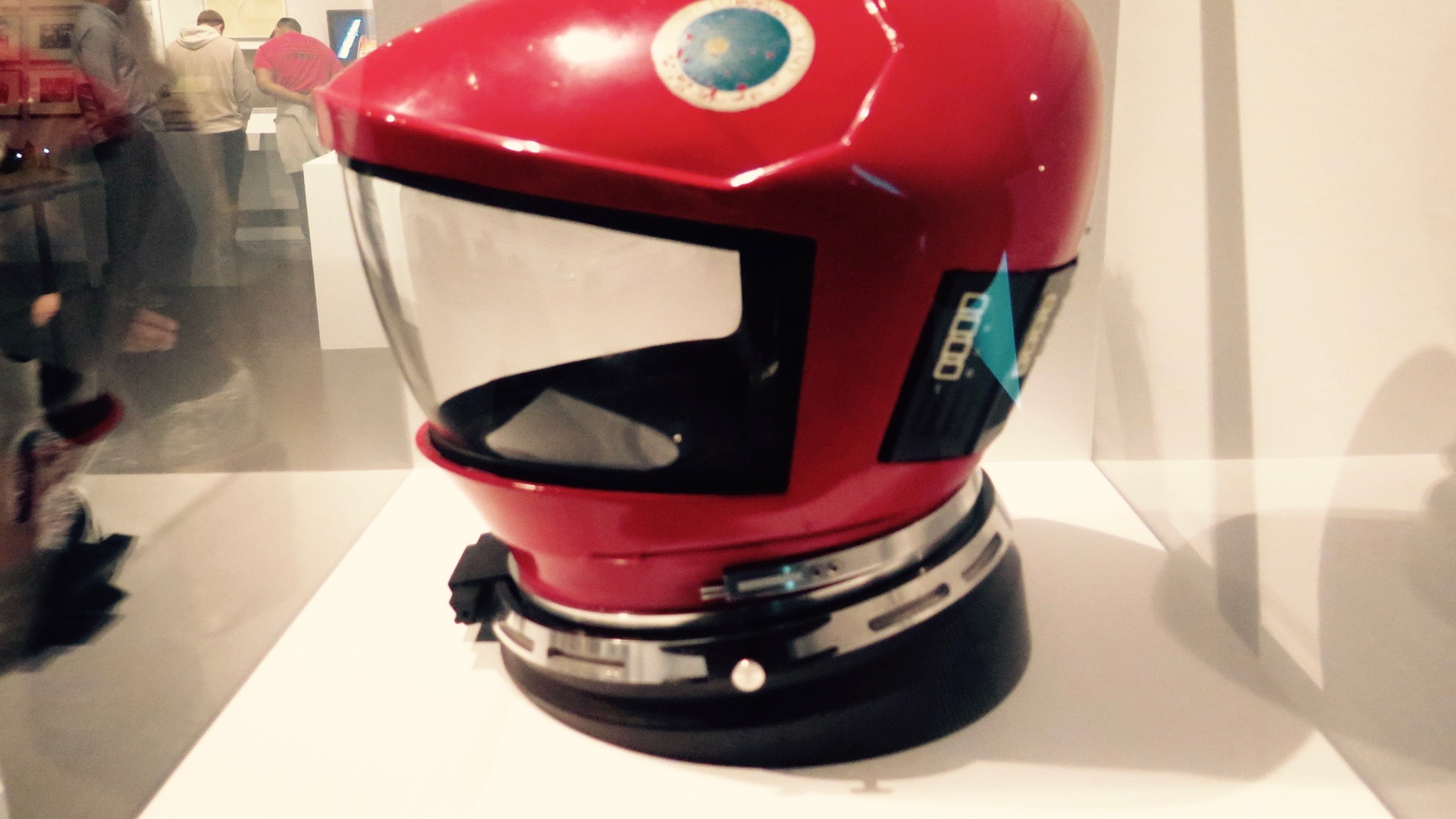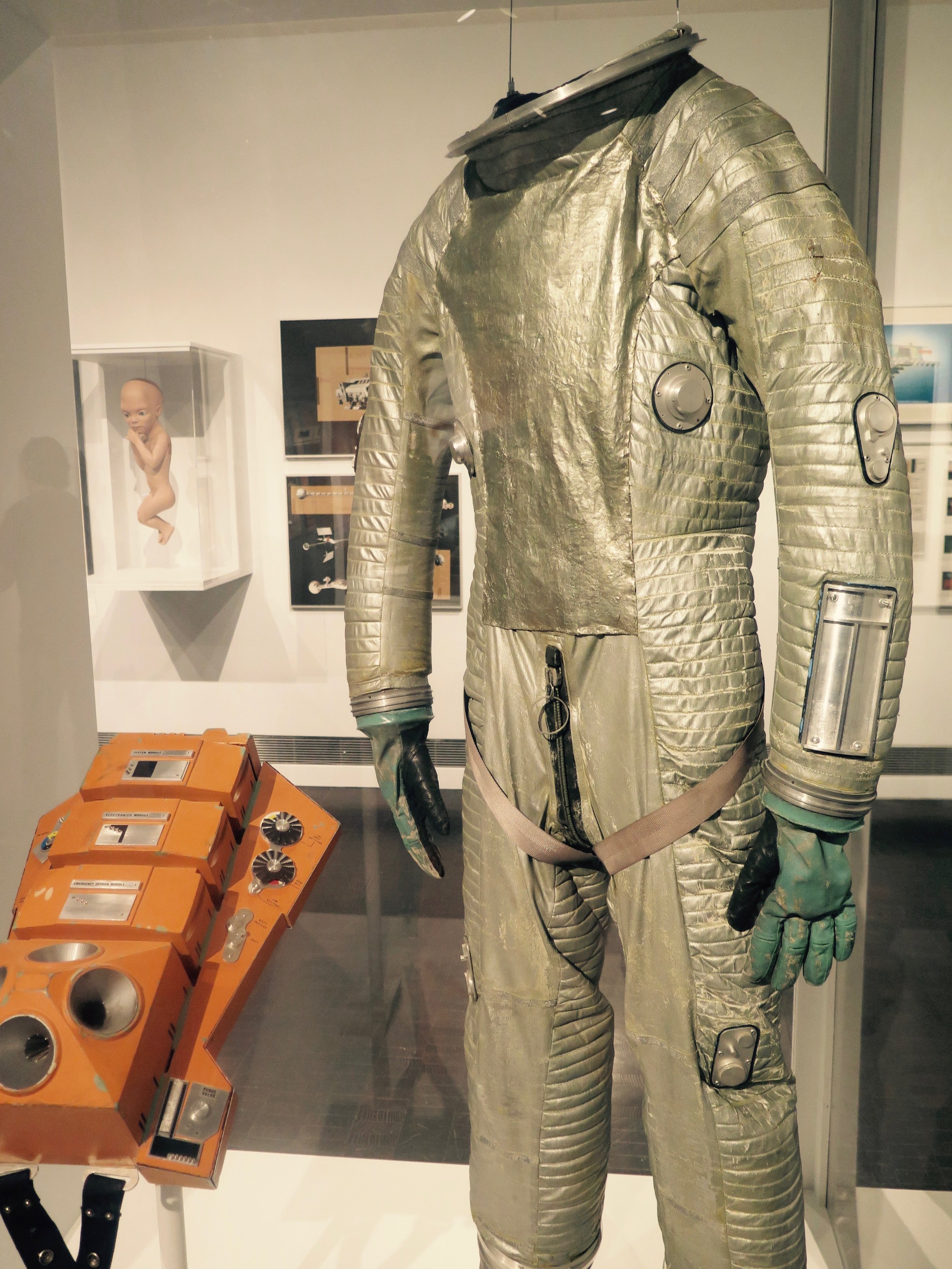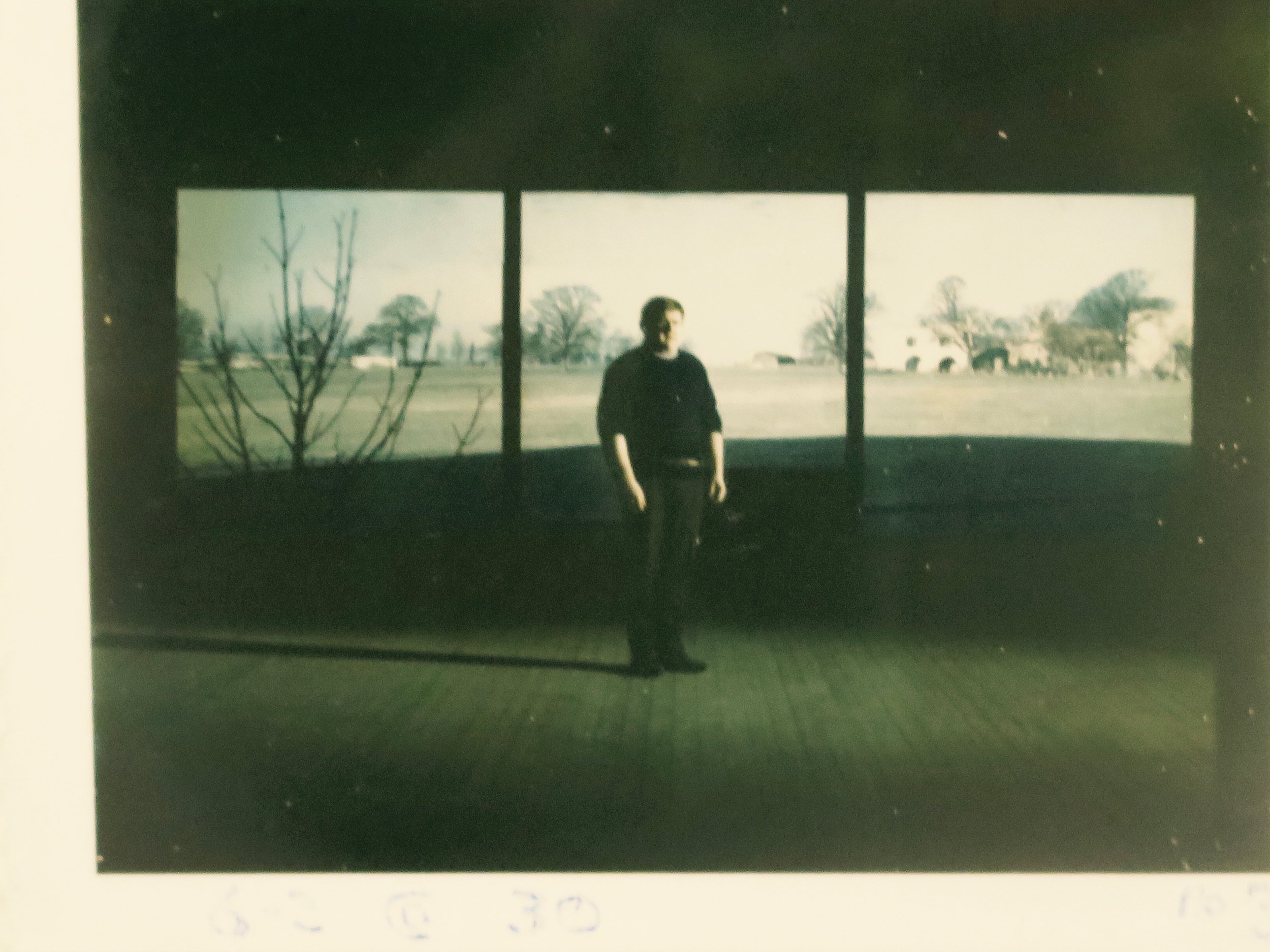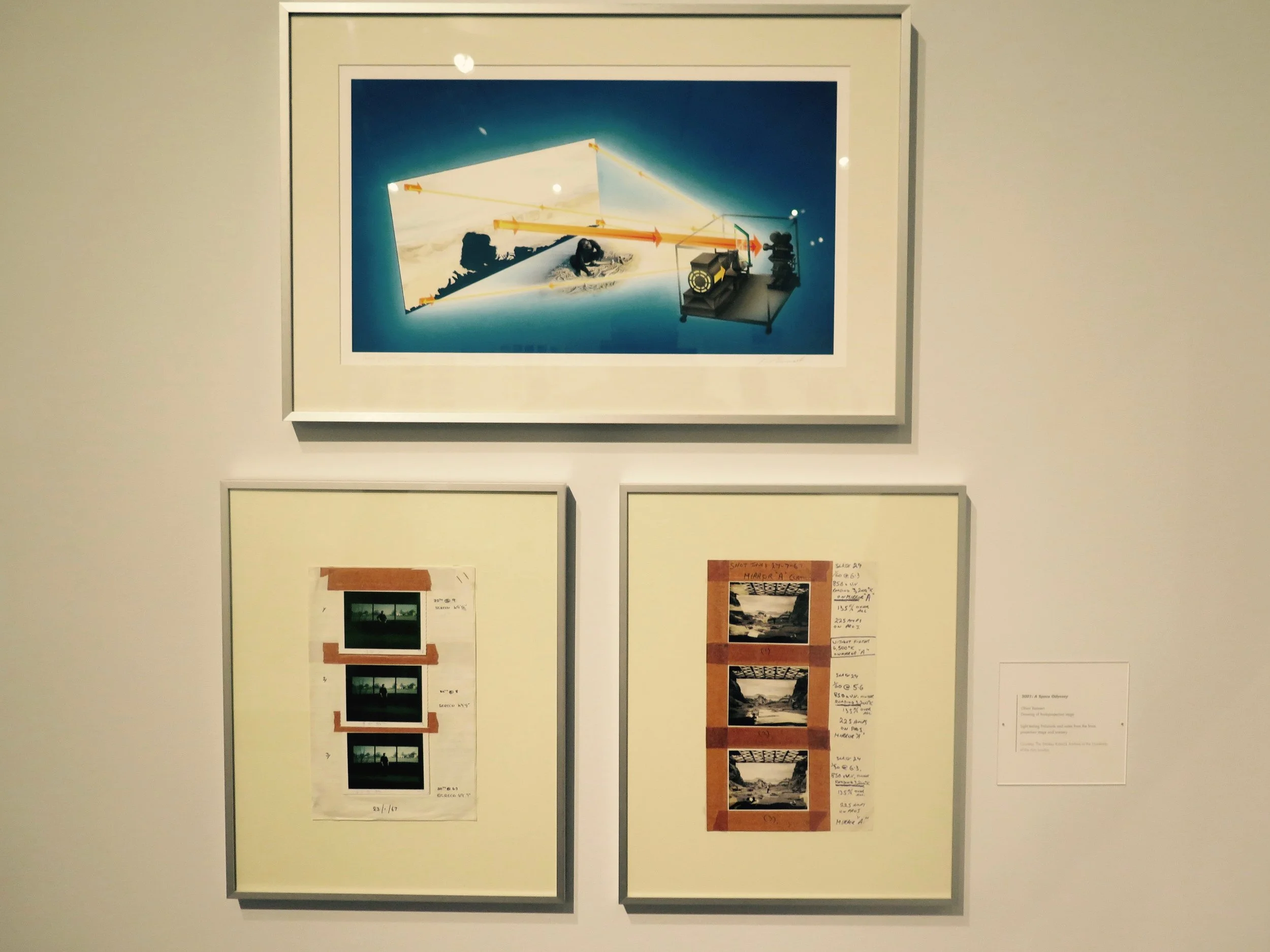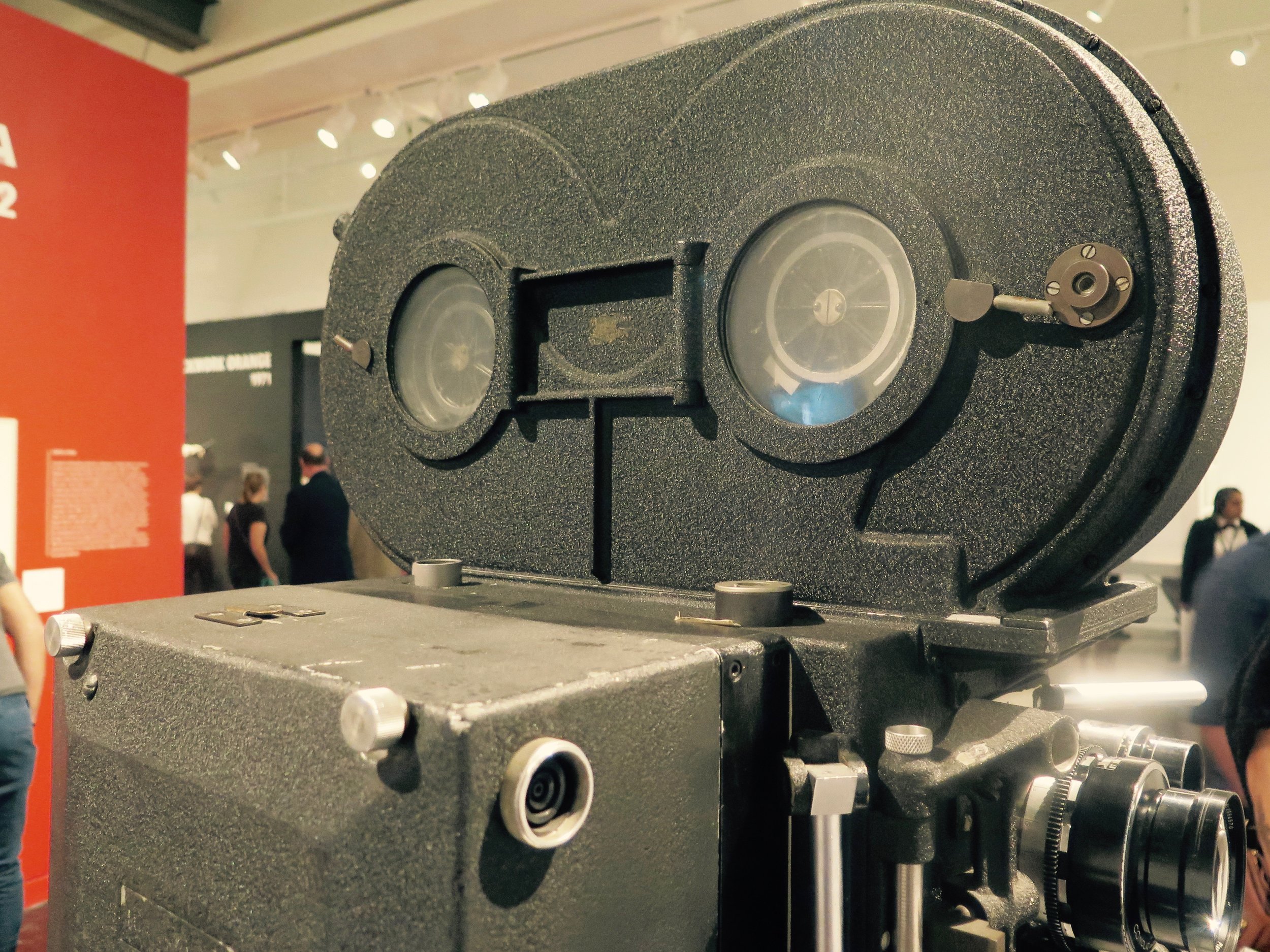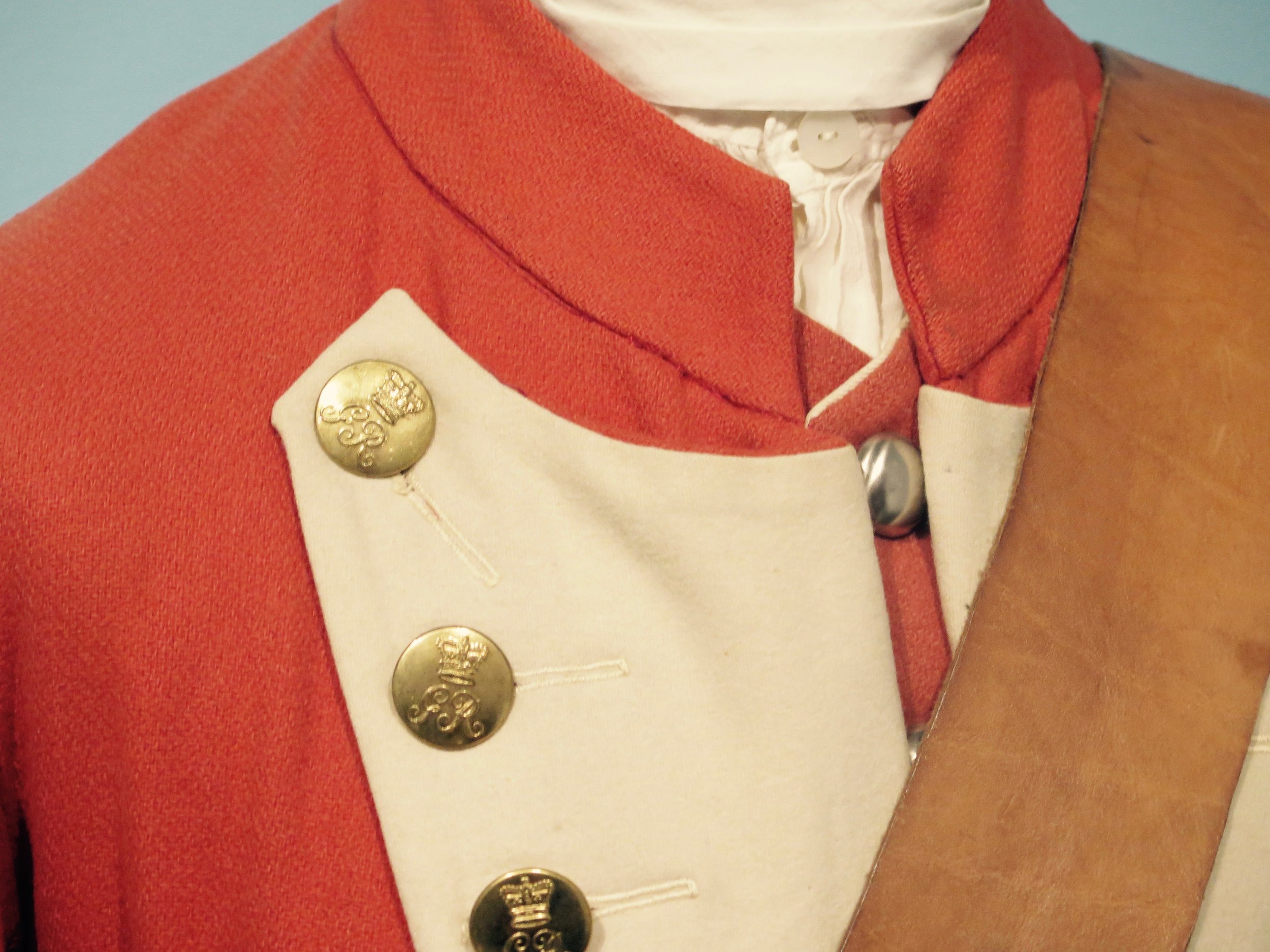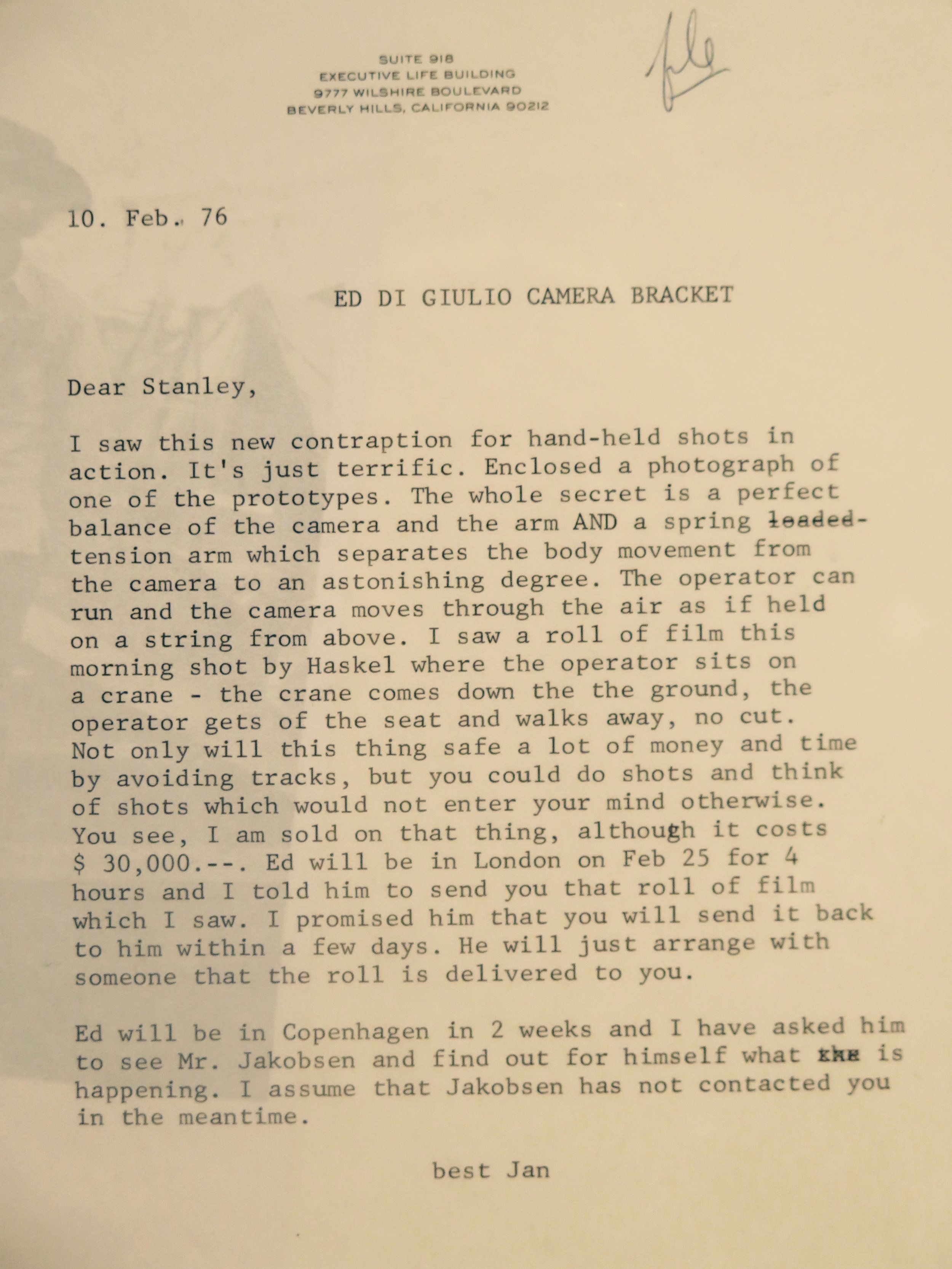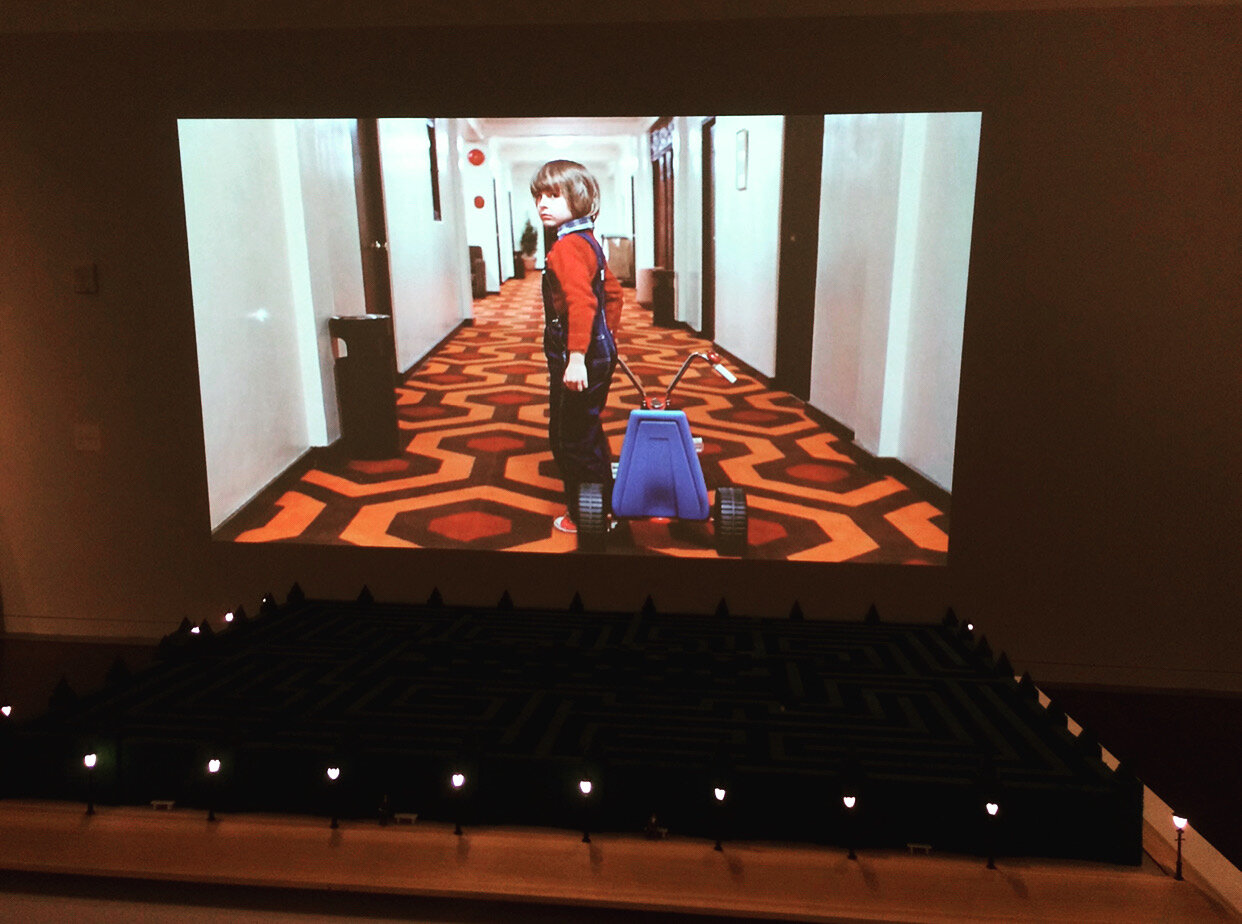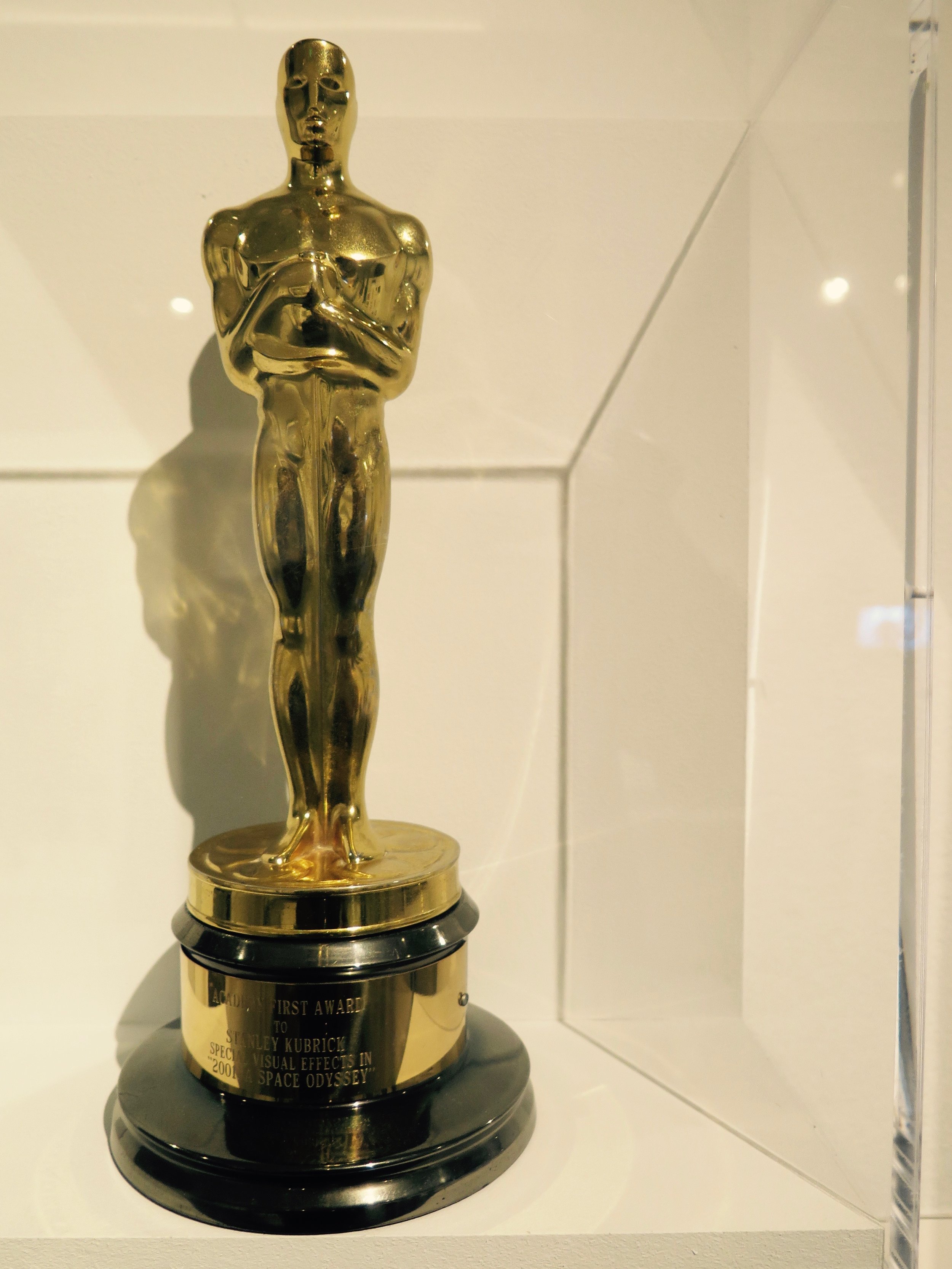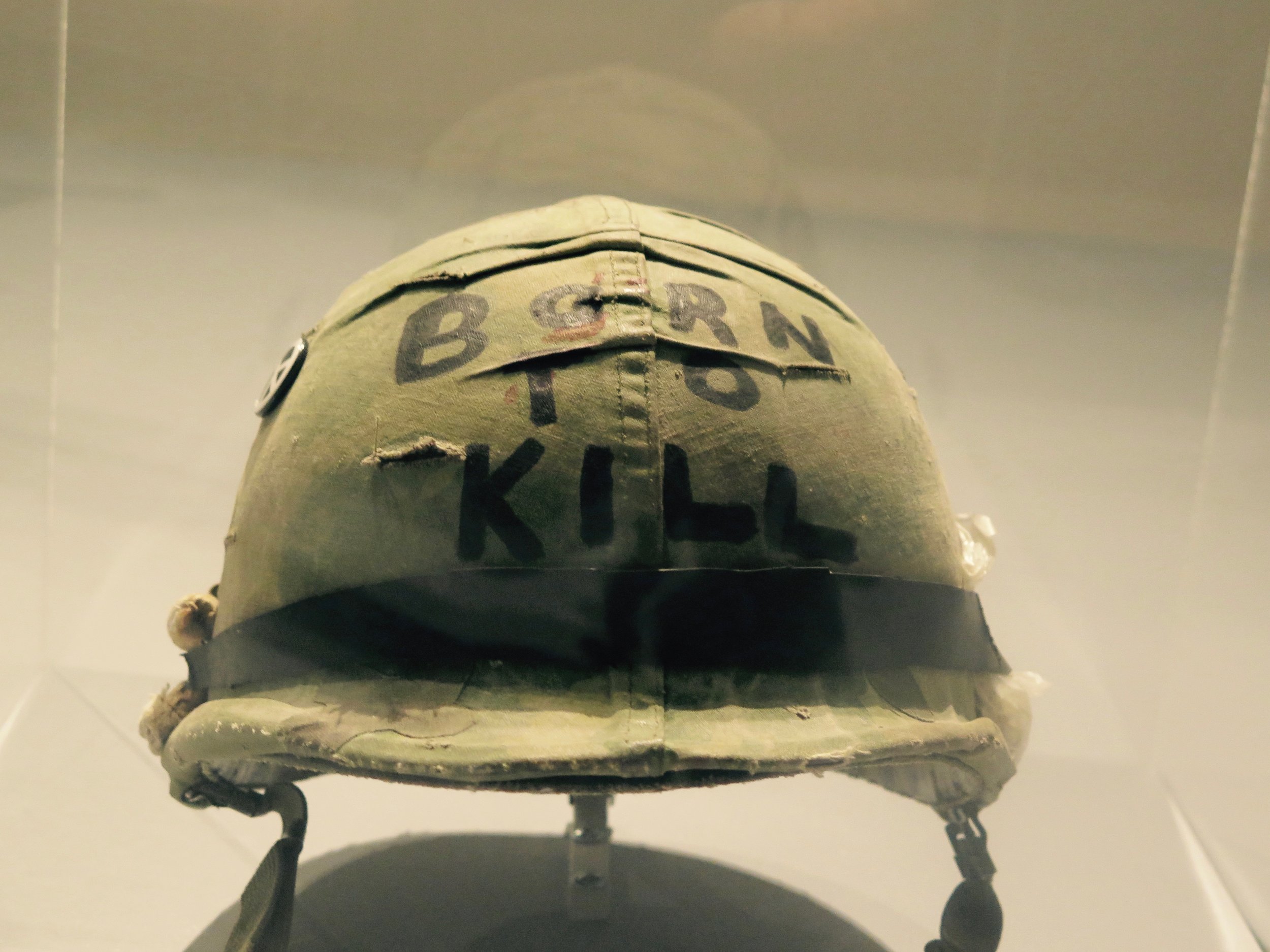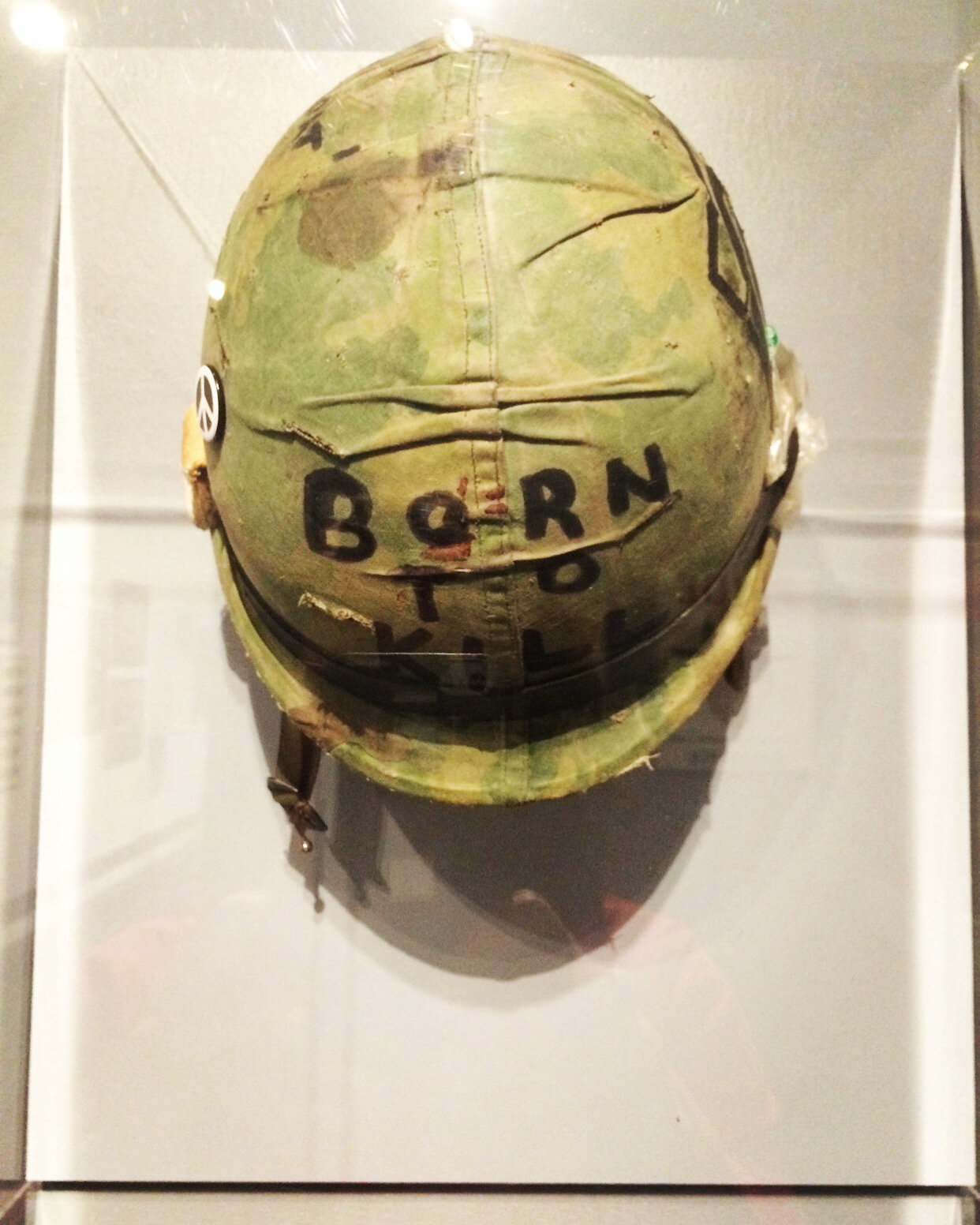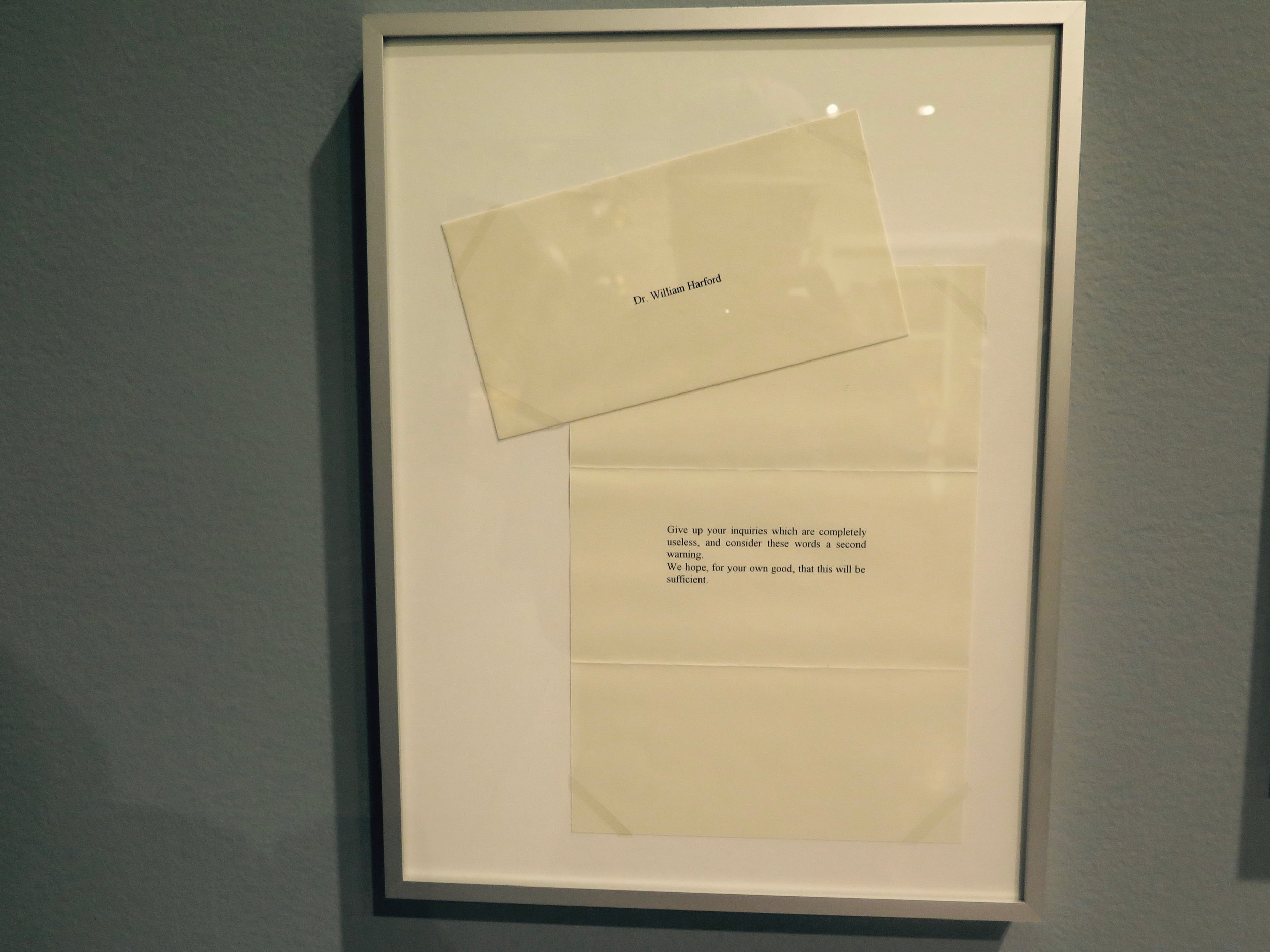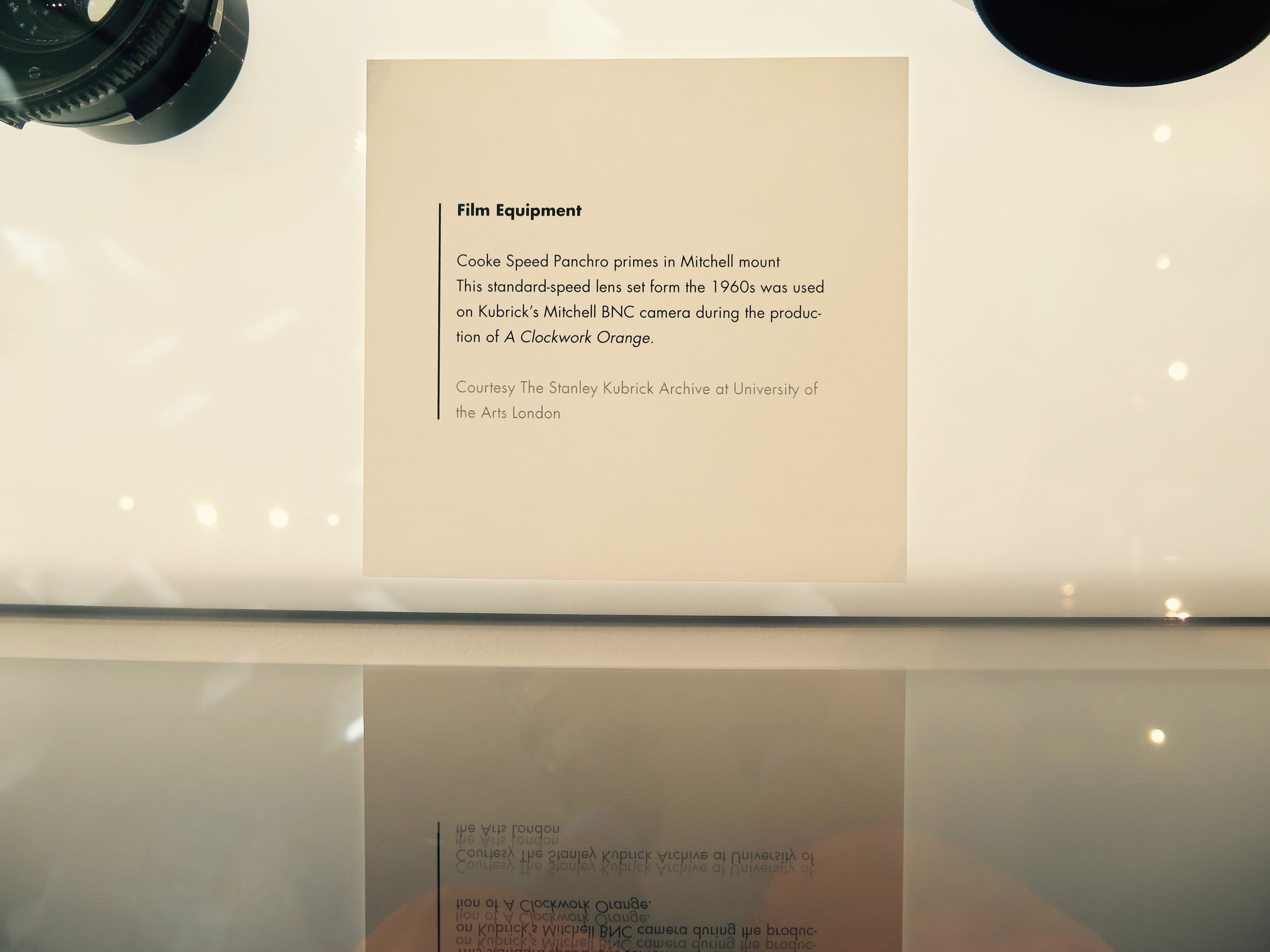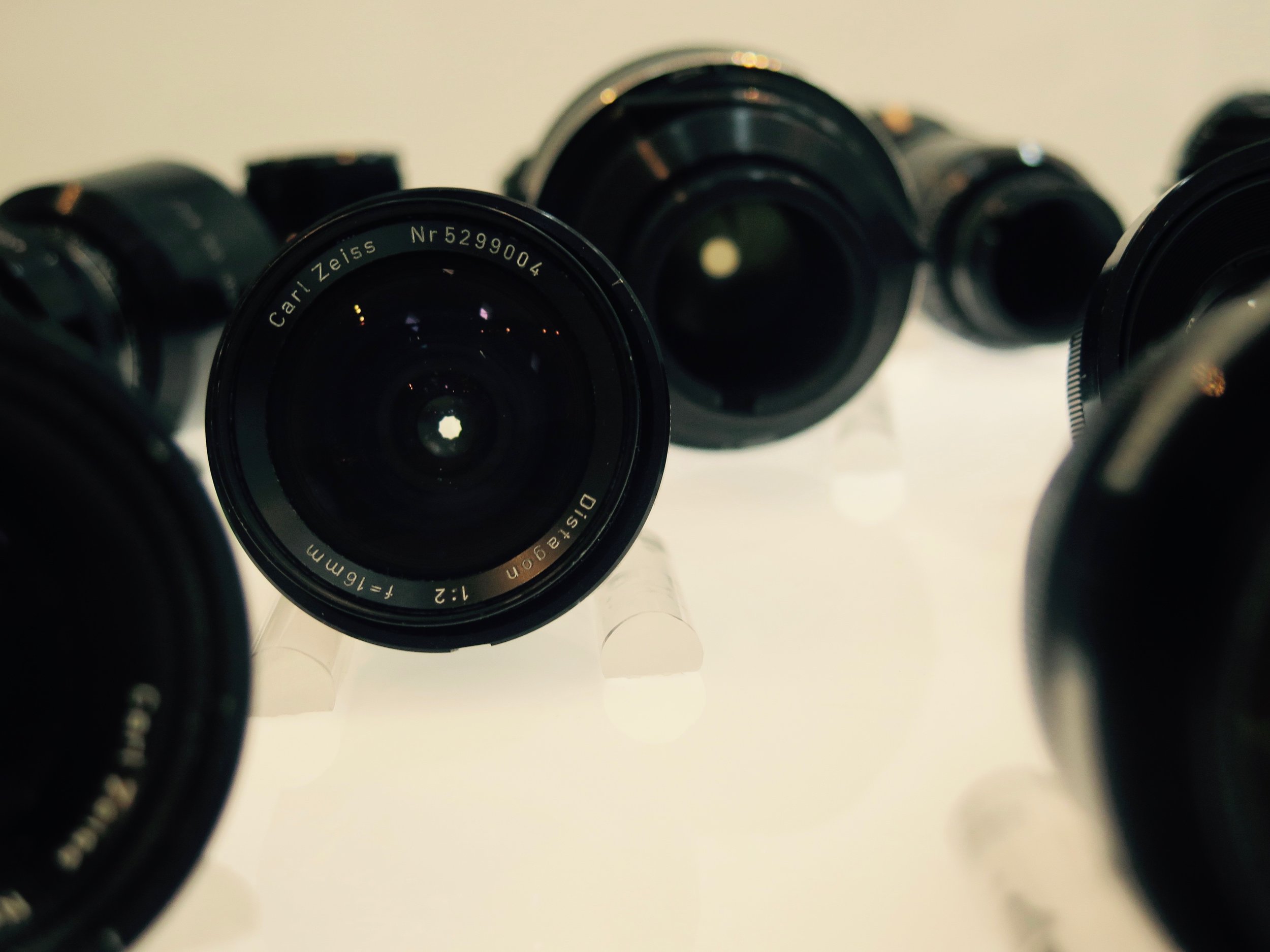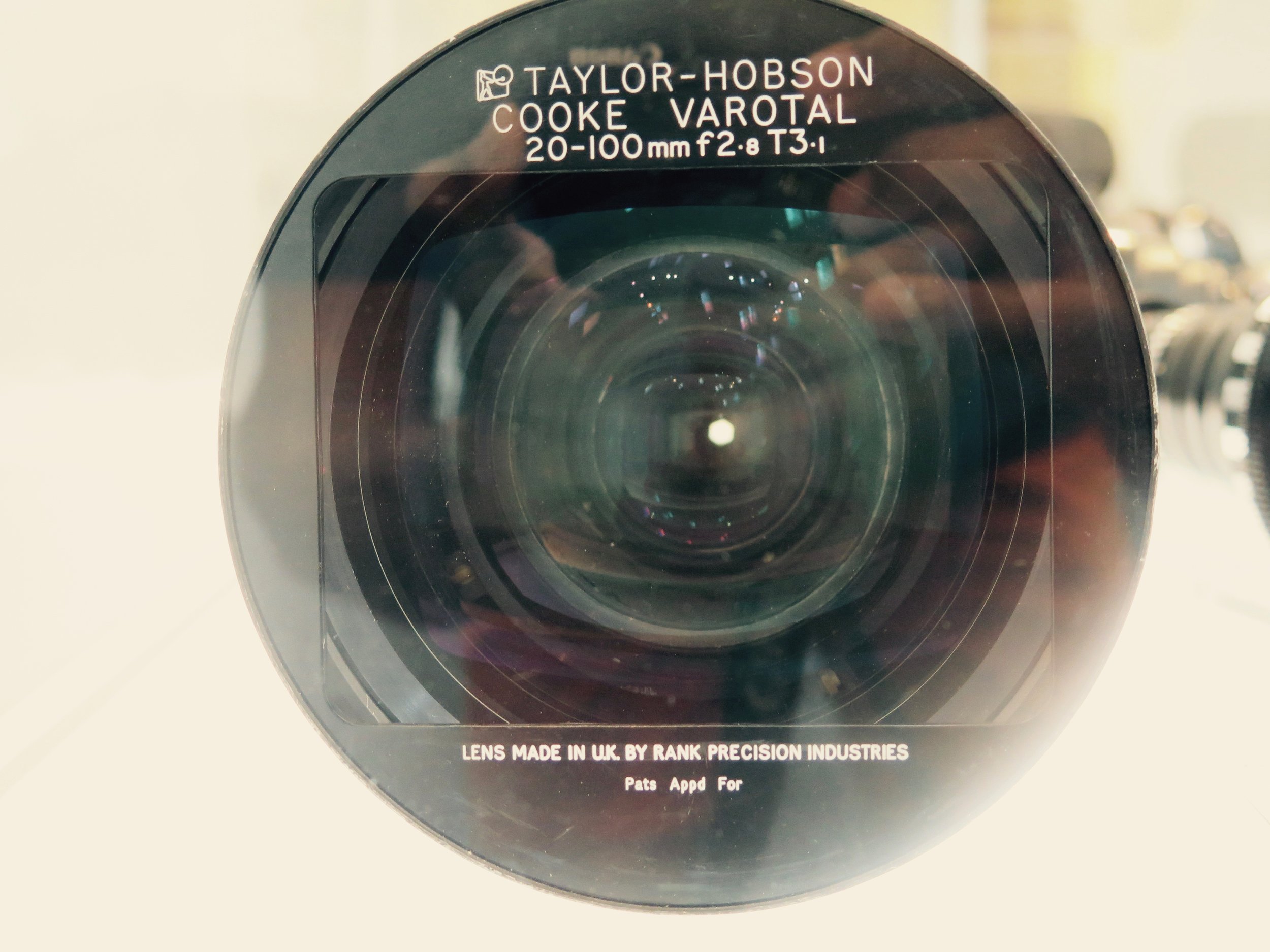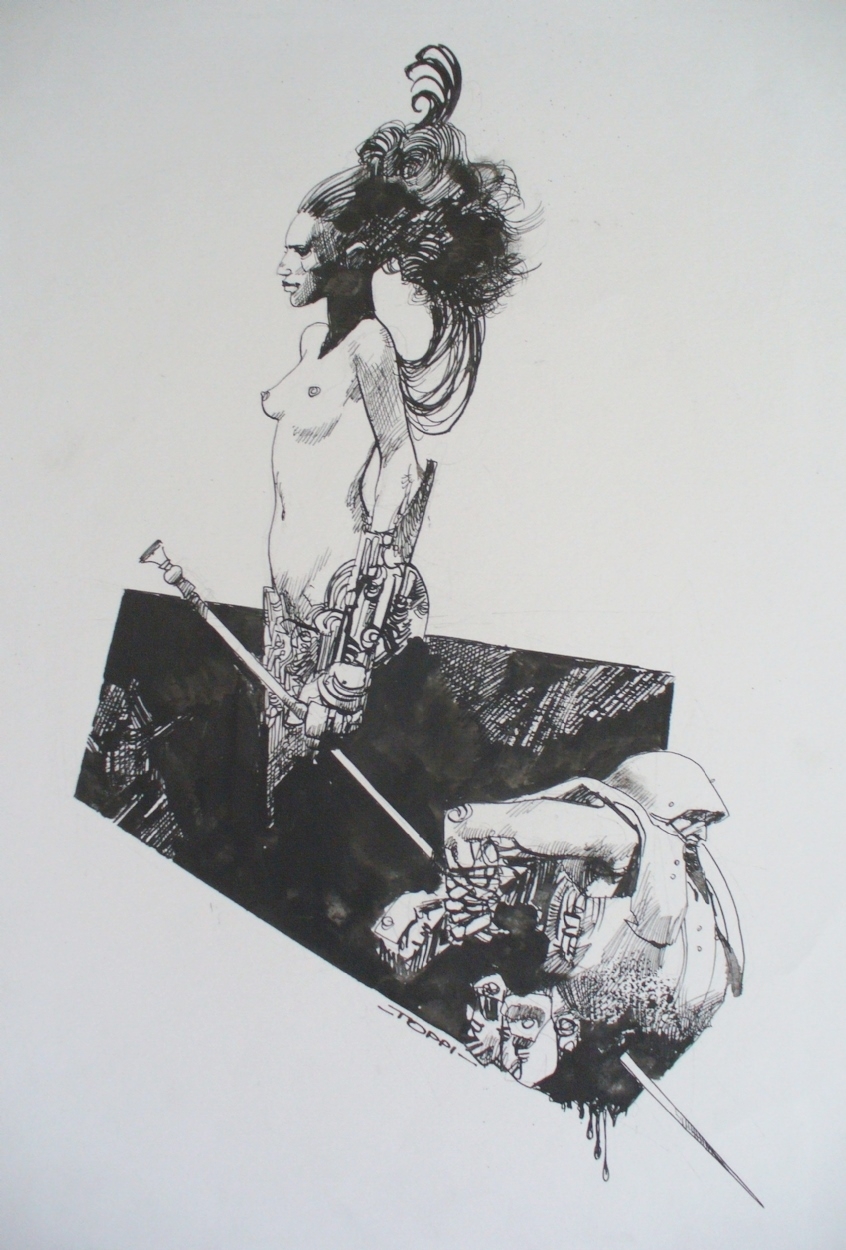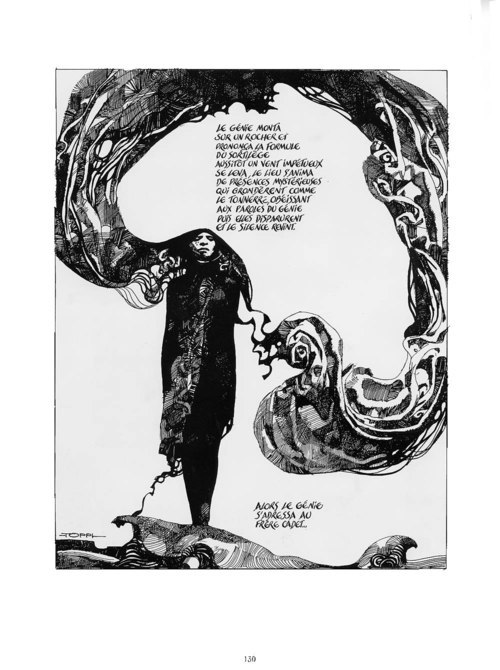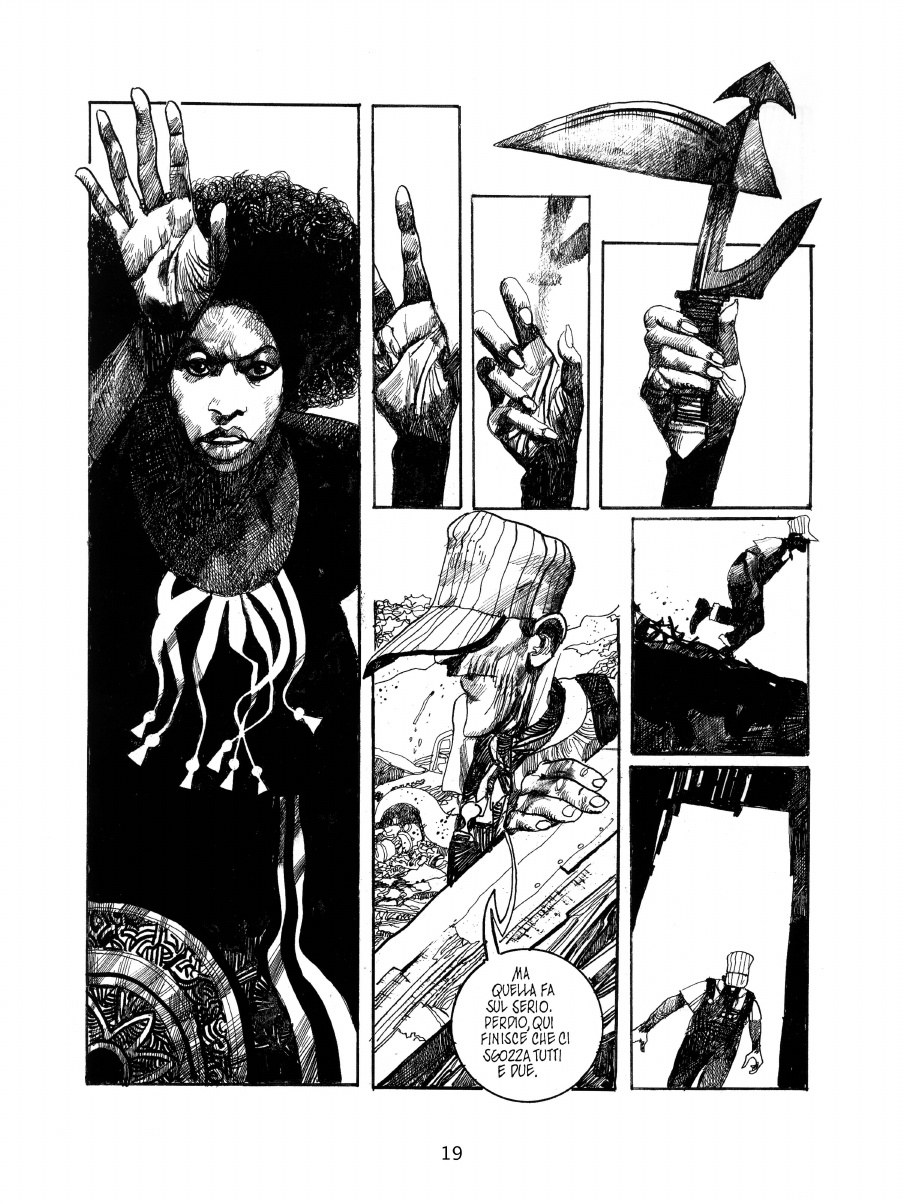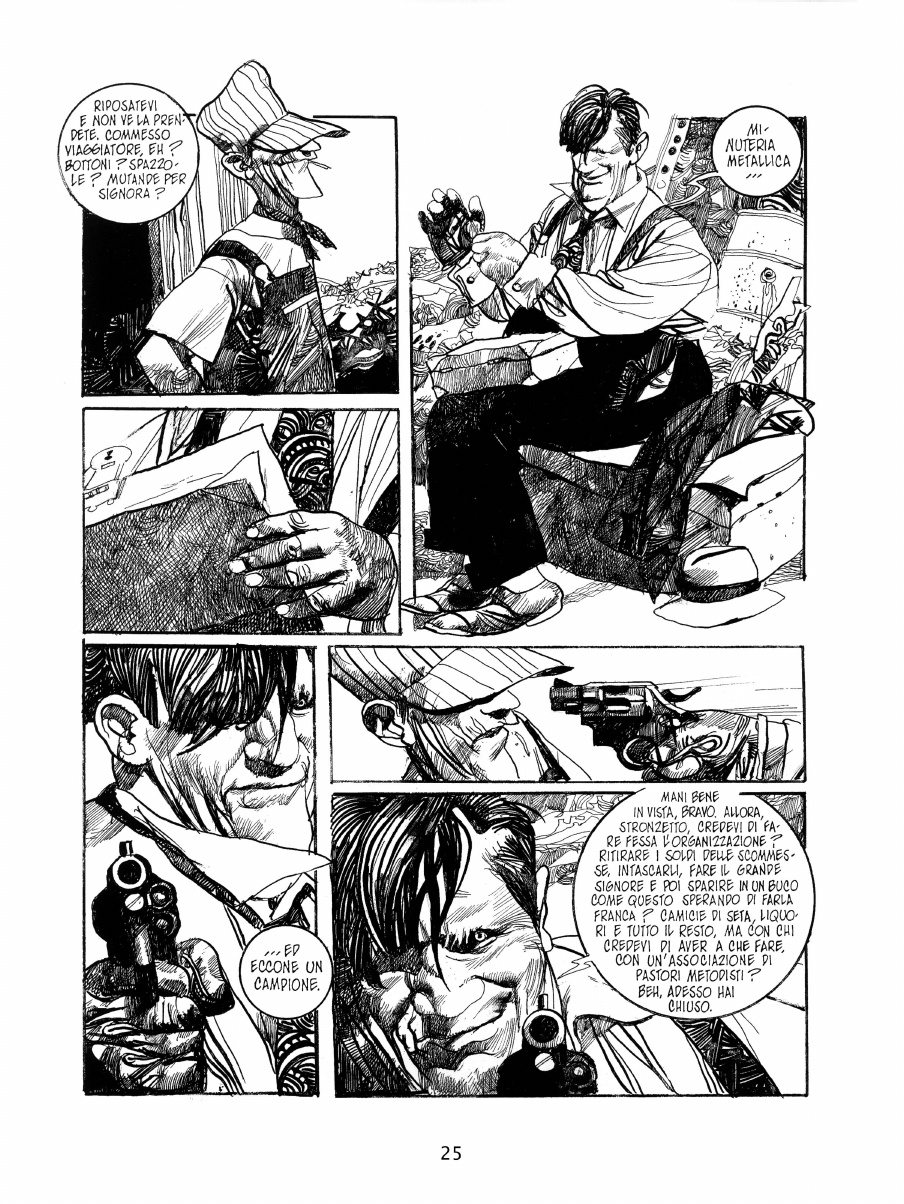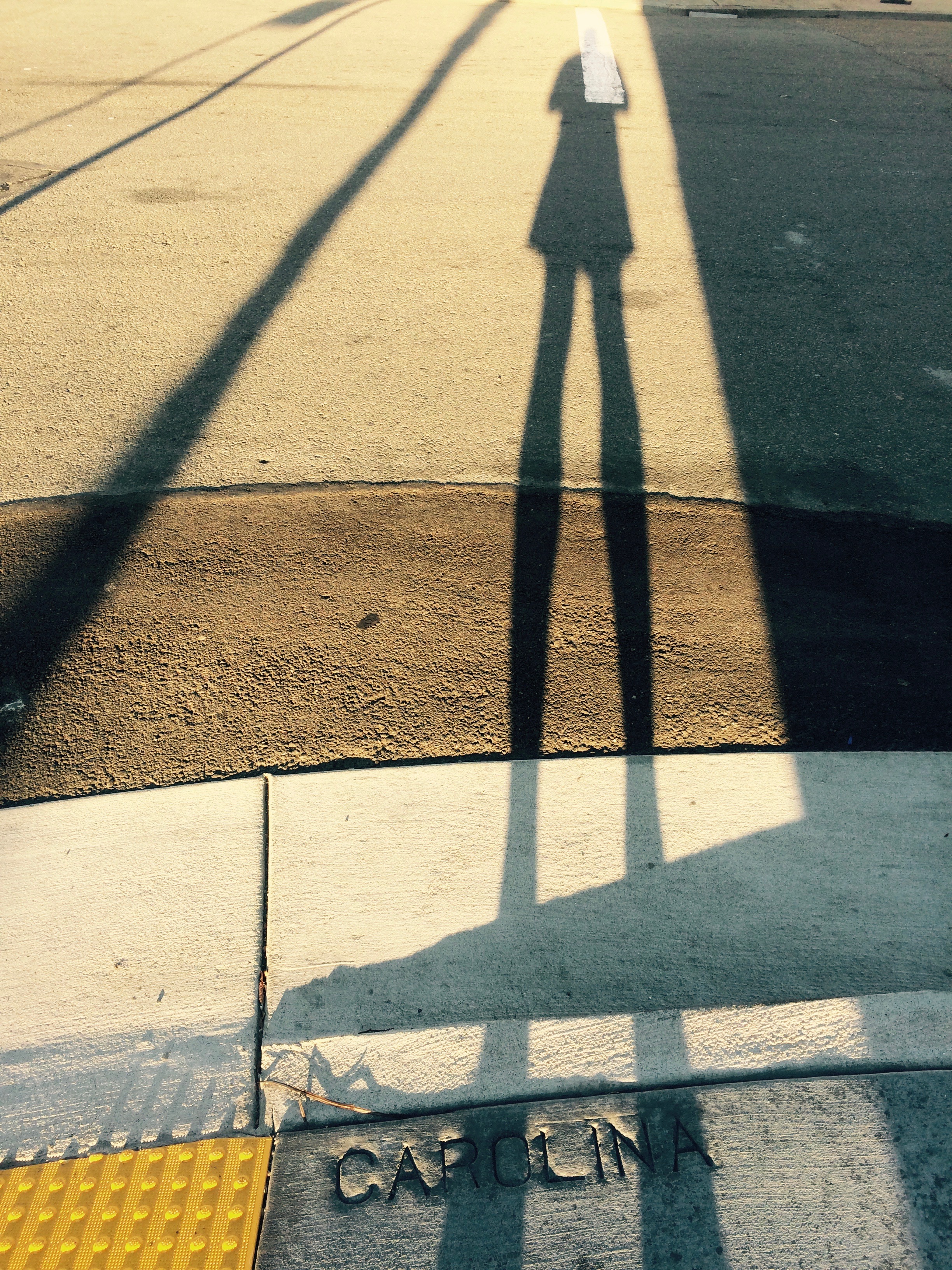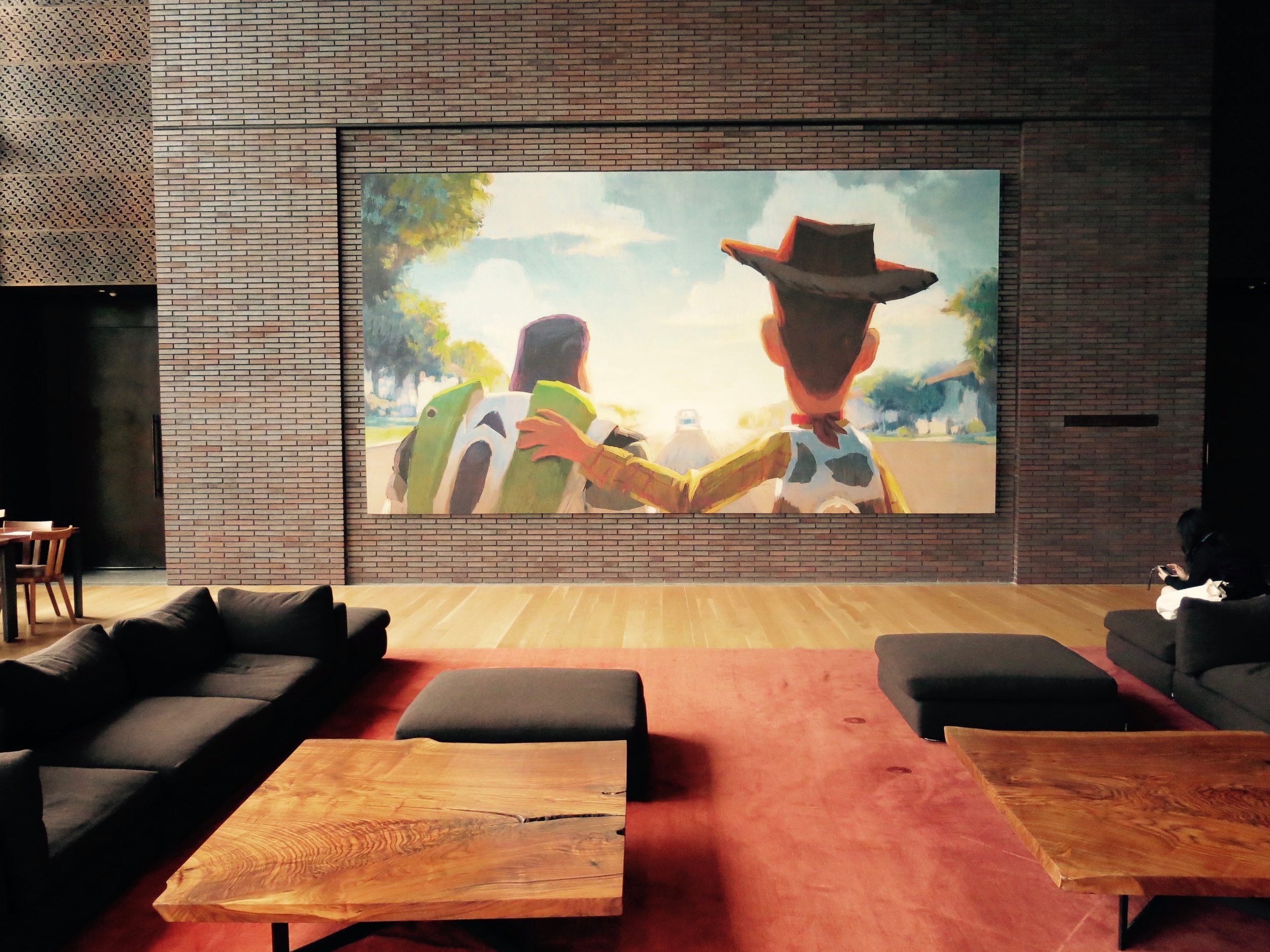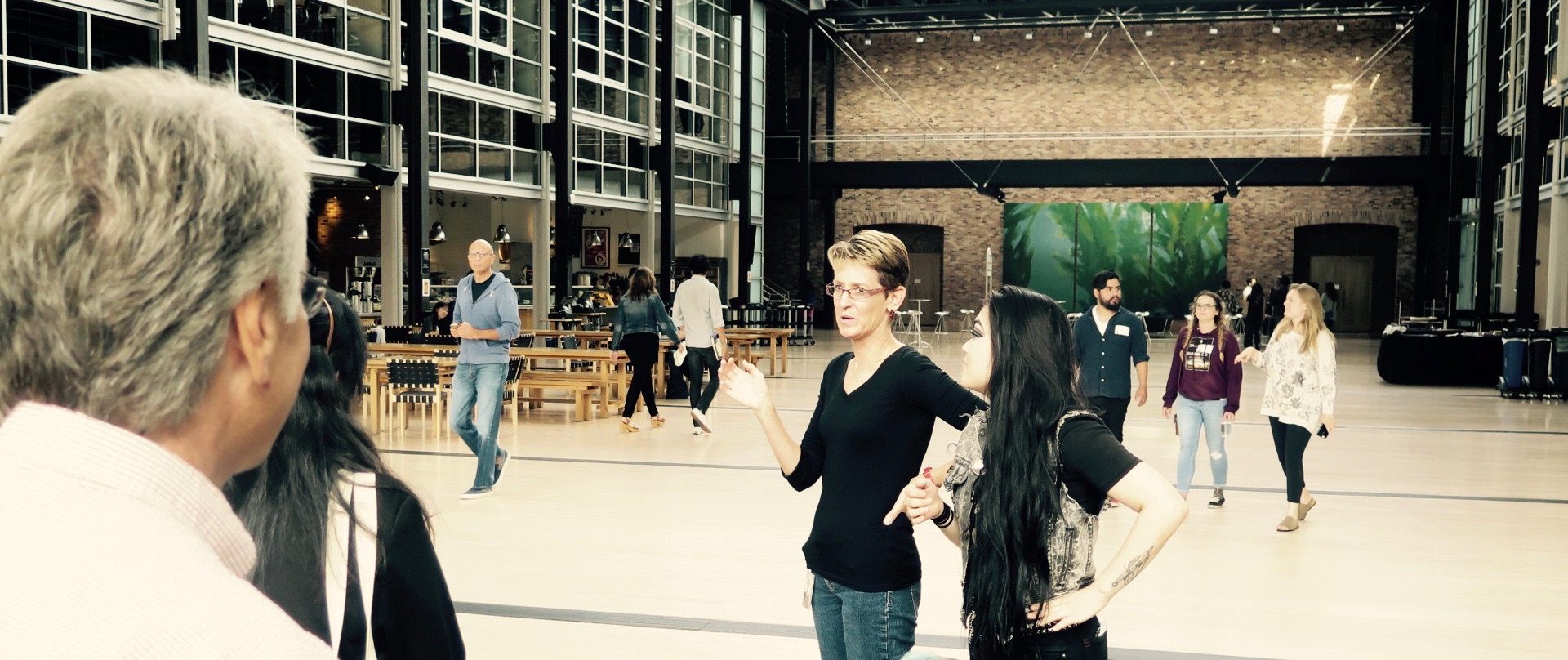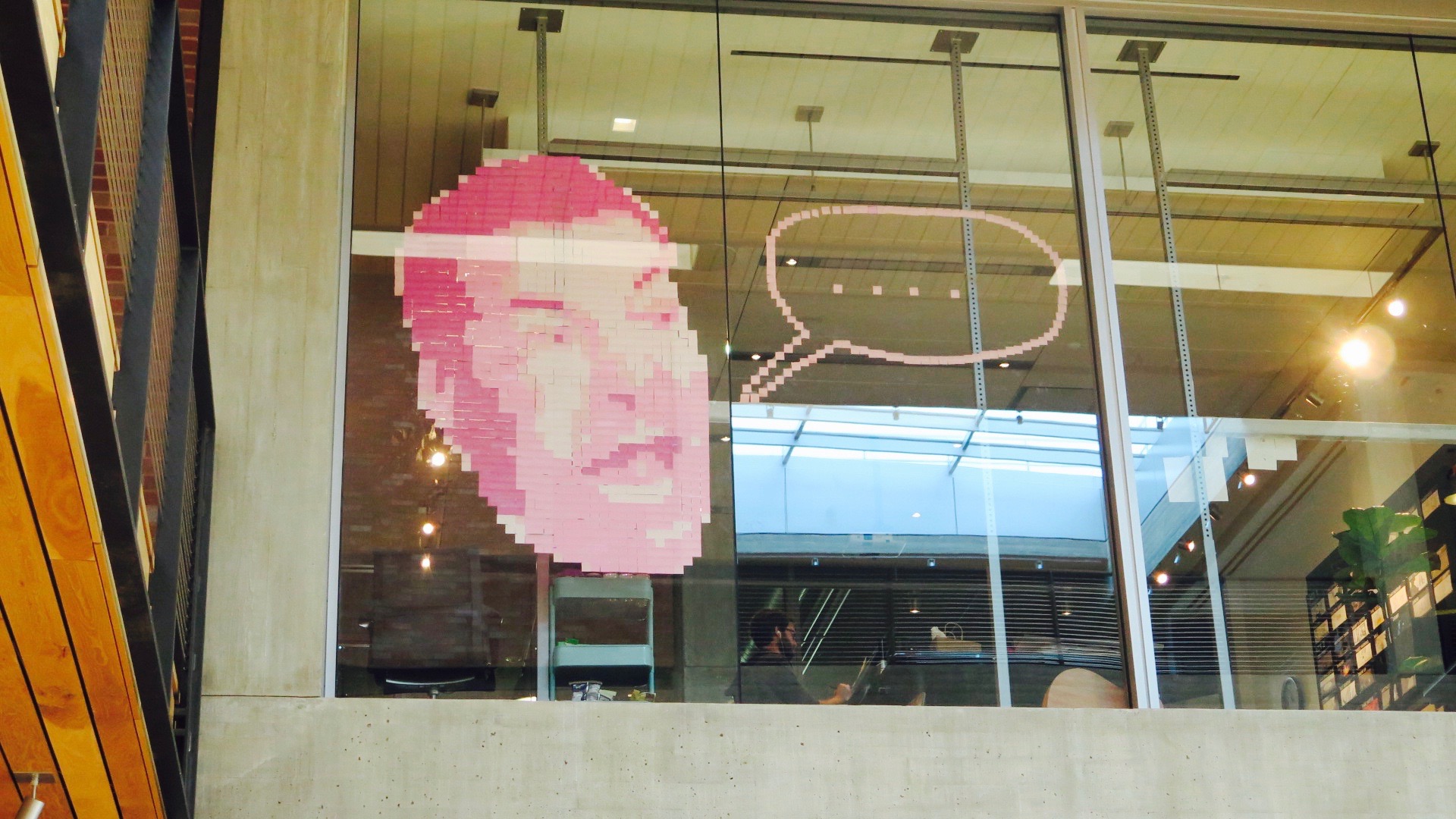Craig at work in the graphics room at LFL in the 1980s. "I don't remember the occasion," he said, "but this was way before the Pixar Image Computer existed as hardware. The room is ... where, among other things, the Genesis Effect, 'The Adventures of André & Wally B.' and the stained glass knight from 'Young Sherlock Holmes' were produced." © Pixar Animation Studios. All rights reserved.
I've come to the realization that storyboard/visual storytelling is a skill set I have yet to tap into so far in my studies. It helps when you have a 30+ Pixar veteran named Mr. Craig Good there to push you towards, pushing yourself. However, there are a few things that I would like to share with my peers about preparation for such a course.
1. You must know how to draw.
2. You must know how to draw, what you see in your head.
3. You must know film grammar.
4. You must know cinema.
These four fundamentals will only count as prerequisites, though. The lessons I gleaned from Craig's course expanded further into the details of cinematography and the viewers POV. With this being my first foray into the world of the story department, I found myself relying mostly on what my fellow students were pushing in their work. Which turned out to be the biggest mistake I could have made. In animation, we are taught that you should develop your voice and rely on your peers for honest feedback on where things aren't working. However, with me being a few years older I quickly learned that their sensibilities don't quite equate to mine, which causes me to have to pitch the reference of the pitch, at almost every suggestion of an idea.
There seems to be a lack of understanding the object of doing animation is to create a film, and in my opinion, you must know movies. It shocked me, as well as Craig, to learn that so many of my classmates had never seen 2001, Blade Runner, Misery, etc. And nor did they deem it worth their time watching such films, mainly because of the goal of finishing the project to move on to the next project. Don't get me wrong a lot of them did know films and shots yet it consisted more of a "Frankenstein" version of another person "Frankensteined" work.
In the mid-80s through early 90s, I had the privilege of learning about cinema at a young age through two good friends who ran the local video rental store at the end of my street, when I was a boy living in Connecticut. I also had two of the best critics to tell me if my $5.00 was worth spending through a show called At the Movies. It just seemed like you had to understand what you're seeing and its impact on the history of cinema. In the year 2015 with the unlimited access to views and opinions of the film as a whole, I'm willing to bet they're only one or two students in my class that even know who Pauline Kael is.
Which brings me back to my original frustration with having to pitch the reference of the pitch, before making the pitch. If I could suggest anything of improvement in my program, it would bring at the least a mandatory "Film 101" course into the animation department. Because what I'm learning about my peers is, most won't go the extra mile towards enrichig their cinematic knowledge unless it's for a grade.
Luckily for me Craig will be teaching again this Spring semester and I'll have the opportunity to participate. I'll keep everyone posted here at this address:
https://www.thekennedycompounds.com/good-visuals-with-craig-good/

